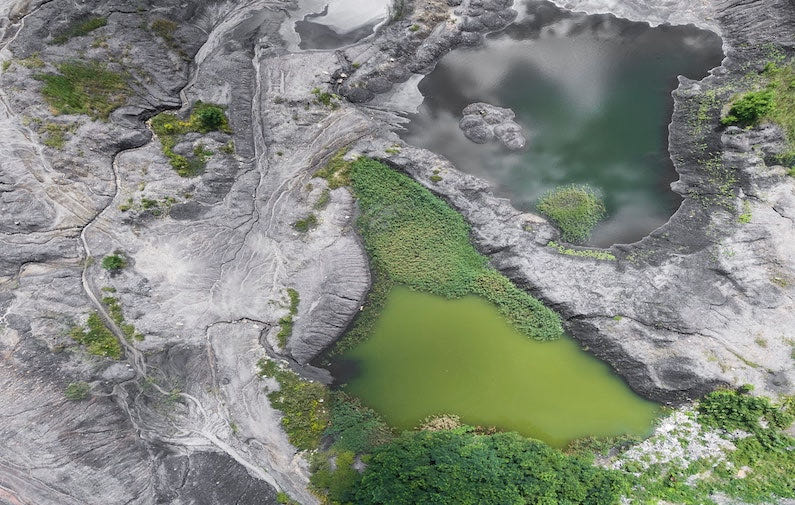Rare Earth Elements in Manufacture
Whatever Putin wants to call it, his unprovoked attack on Ukraine is a war and like, most wars, it has unintended consequences—in this case, on the supply of rare earth elements (REEs) and other raw materials critical to US products. This has given rise to concern about the long term availability of these metals that are essential to the manufacture of many of our everyday devices, such as cellphones, computers, magnets, fiber optics, batteries, semiconductors, and, of course, batteries. Some of the more esoteric applications include stealth and night-vision technologies as well as sonar, radar, and missile guidance systems.
The need for REEs is going to increase dramatically in the future: with the phasing out of petroleum and diesel vehicles planned by most countries, in the next twenty years, the demand for electric vehicles will soar and with it the demand for rare earth elements—and every vehicle is estimated to require about two pounds of them.
Although the REEs are not technically “rare” they are not easy to mine and the yield ratio of rare earth elements to rock and ore is low and out of the 17 rare earth minerals, 14 of them are not found naturally occurring in the United States. In fact, out of 35 strategic materials, 31 are currently supplied from China—how secure does that sound?
As Deng Xiaoping said in 1992: “The Middle East has oil. China has rare earth metals.”
The protection of our materials supply chain should be a matter of national importance, given the reliance on sourcing them from, at best, neutral, countries overseas. It is therefore imperative that sources other than China are developed and long-term partnerships formed, to reduce the risk of disruptions.
As well as the reliance on China, Russia and Ukraine have been exporters of minerals, including some of the REEs. Ukraine alone has deposits of many of the most widely used minerals and metals—some of them critical for a shift towards “green” manufacturing. It has been reported that 2,000 of the deposits are under Russian control, at least until the outcome of the war is decided. Obviously, the supply line from Ukraine itself is politically unstable while the war with Russia continues.
REEs and the Military
The widespread use of rare earth elements in satellite cameras, missile guidance systems, and other related military hardware is illustrative of the need to reduce the US reliance on China to provide the basic materials. As a specific example, the F-35 Lightning II aircraft requires approximately 920 pounds of rare-earth materials, according to a 2013 report from the U.S. Congressional Research Service. China has indicated in the past that it is quite prepared to use its dominance in the REE market to weaponize the supply chain and that clearly shows that alternative sources of supply must be arranged.
It is difficult to predict the long-term future for supplies from Russia and China as the former will likely be something of a pariah for years to come, given its aggressive invasion in Crimea and its war in Ukraine. Similarly, relations with China vary from lukewarm to antagonistic, on both sides, and as China tries to move to selling value-added products rather than raw materials, it is possible that the US (and Europe) may be pushed into buying components in the future, instead of the raw REE materials.
These reasons highlight the need to have alternative supply chains for the rare earth elements needed for military and space exploration activities in particular, as well as the manufacturing of everyday electronic devices. The alternative, remaining vulnerable to China being able to control the US supply line, is not acceptable.


Recent Comments